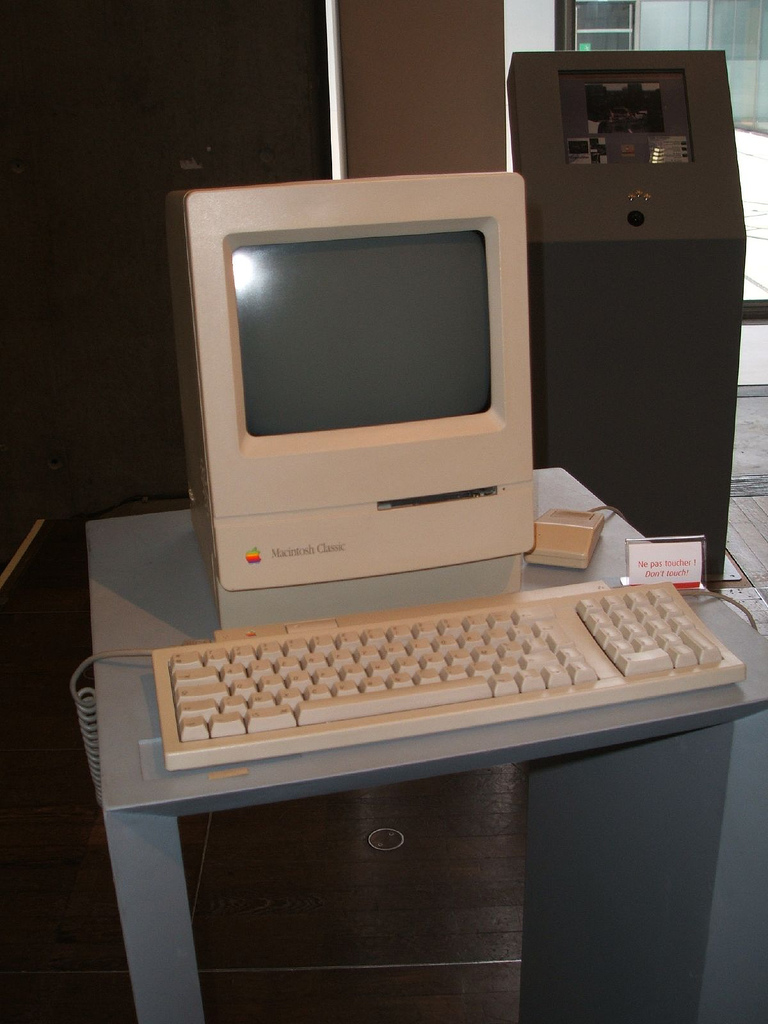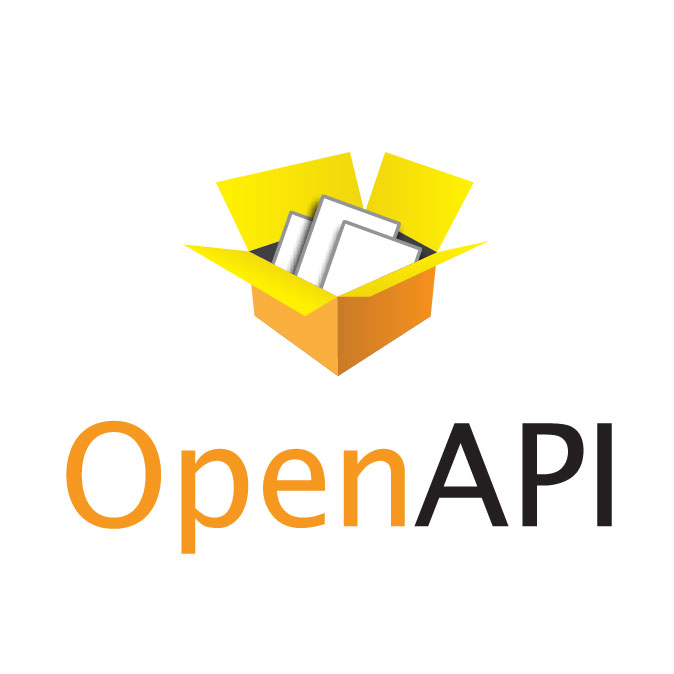Blog
Take Our Computer-Based Exhibits Survey 2010!

Our survey's still open, and while we've received thoughtful responses from folks at the New York Hall of Science, Museum of Science and Industry in Chicago, Exploratorium, Oakland Museum and others, we're still looking to collect more data. The survey is fairly short and seeks to find out more about how museums use and develop computer-based exhibits, their interest in using computer technologies on the floor, and the barriers to such exhibit development. We'll be using this data to shape Open Exhibits and direct our software development, so, if you work at a museum, please take a few minutes to fill out the survey.
Beginning the Open Exhibits Research
 And these characteristics of new digital technologies and dialogic structure, user direction and organization, and expansive networking of learners and resources resonate with the values and research findings of the informal science learning community. Research on the impact of media is needed to understand how the unique features of media can support different aspects of science learning. - NRC 2009 Report on Learning Science in Informal Environments
And these characteristics of new digital technologies and dialogic structure, user direction and organization, and expansive networking of learners and resources resonate with the values and research findings of the informal science learning community. Research on the impact of media is needed to understand how the unique features of media can support different aspects of science learning. - NRC 2009 Report on Learning Science in Informal Environments
While the module development aspect of Open Exhibits is well underway, we've also been ramping up on the research end of Open Exhibits. In the past, there's been some excellent research on effective practices for interactive computer-based exhibit development (among others: Flagg, 1991, Gammon 1999, Serrell and Raphing 1992). Yet this key literature touchstone is now at least a decade old, not keeping pace with either technology development or user expectations of technology. Museums are investing substantial resources in kiosks, touch-screens and other computer-based interactives as an educational medium, yet little research exists to guide sound development of such resources. At the same time, significant advances in recent technology and the concurrent changes in visitors' incoming expectations and technological savvy have occurred. A better framework of effective practices and the tools to evaluate current practices is needed.
So we'll be doing applied research to generate this framework, both to inform the development of Open Exhibits software modules and to provide vital information to designers and other practitioners who work with interactive computer-based exhibits. The first two years will result in three studies, each delivering an important product to inform the Open Exhibits community and the larger informal learning field. Those studies will be released as short papers in addition to being featured online. The studies are:
- Up-to-date research on learning with interactives, including a detailed set of the factors and variables of concern in building an exhibition with interactives;
- a comparative study of kiosk and multi-touch tables within an exhibition context;
- a toolkit of evaluation methodologies and instruments for assessing exhibition and online computer-based interactives, including sample instruments, designs and methods.
Right now, our next step is to generate a common framework for the upcoming mini-summit of designers. For example, factors in this framework might be: use of the attract screen, interaction cues, allowance for multi-person interaction, position with the exhibition, and relationship tosurrounding exhibit elements.
Currently, we're working on a research literature review drawing from exhibition development, visitor studies, human computer interaction and usability testing. Next we'll be:
- Conducting in-depth interviews with exhibition designers, floor staff and explainers, interactive vendors, user-centered designers,website managers and evaluation experts;
- Profiling exemplary interactives. We'll be drawing from ExhibitFiles, AAM Muse awards, Museums and the Web awards and other sources.
Have an interactive you think we should consider? Have a suggestion of who we should interview? Tell us about it.
Citations: Flagg, B. “Visitors in Front of the Small Screen” ASTC Newsletter (Nov.-Dec. 1991) p.9-10 Gammon, B. (1999) Visitors’ Use of Computer Exhibits: Findings from 5 Grueling Years of Watching Visitors Getting It Wrong at http://www.informallearning.com/archive/1999-0910-a.htm , Visited May 14, 2008. Hilke, D. D. (1989). Computer interactives: Beginning to access how they affect exhibition behavior. Spectra, 15(4), 1 – 2. Serrell, B. and B. Raphling. (1992) “Computers on the Exhibit Floor” Curator v.35 (3) p.181-189.
Computer-Based Exhibits in Museums Survey 2010
 If you work developing exhibits for a museum, we need your help! We're collecting data on museums and computer-based exhibit development for 2010. This is the third year in a row we've conducted an Open Exhibits survey and we're hoping to build a solid body of quantitative data on how museums use computer-based exhibits, what they want from such exhibits, and what they see as the barriers to technical exhibit development.
If you work developing exhibits for a museum, we need your help! We're collecting data on museums and computer-based exhibit development for 2010. This is the third year in a row we've conducted an Open Exhibits survey and we're hoping to build a solid body of quantitative data on how museums use computer-based exhibits, what they want from such exhibits, and what they see as the barriers to technical exhibit development.
Our earlier surveys shaped the Open Exhibits design and goals and we hope the results will be a starting point for other organizations and businesses interested in computer-based exhibit development and informal learning. We also plan to use this year's data to further refine our software and community development as Open Exhibits progresses. We would like to ensure that we are creating a set of software tools that are helpful to a wide variety of museums and educational institutions, regardless of size, scope or budget.
Click here to take the 2010 survey
Links We Liked: Build Your Own Multitouch LCD, Flash + Windows Phone 7, & More
 We watched a town grow on a
We watched a town grow on a 3D multitouch surface; we lamented the dreaded gorilla arm as a barrier to vertical interfaces; we were excited to hear that Flash is coming to Windows Phone 7; we'd like to check out this Viewsonic multitouch screen, but, sadly, it's only available in Europe; we oohed and awed over the new multitouch version of Ubuntu; we could waste hours playing this version of Simon for the iPad; we admired this low-cost multitouch display built with Arduino; we're drinking extra coffee today to get enough grounds to make this balloon-based robot gripper; and, in honor of Halloween, we made some crazy faces.
Open API - An API Generator for Your MySQL Database

Many popular social networking sites, including facebook, twitter, flickr and YouTube, provide a public application programming interface, or API. APIs allow developers to access the data maintained by these sites to build their own applications and get data. The API structure allows third parties to interface with these systems without providing full access to sensitive information like user passwords. I thought it'd be great if online museum collections provided their own public APIs to allow outside developers to access images or collection data (or even create their own educational applications) while operating within certain restrictions that could be set by the museum.
With this in mind, we're releasing an alpha build of Open API, a program that allows you to create a public API into your collection (or any other MySQL) database. An external config file allows users to set parameters for which data can and cannot be accessed by the API. To prevent complex queries from tying up the server on which the database is hosted, the program also features a way for the user to limit query length and has a built-in time out option.
Open API will be an integral part of Open Exhibits core and we plan to integrate this tool with our Collection Viewer module to allow users to pull images & data from Omeka into a multitouch viewing application. However, unlike the other Open Exhibits modules & software, this software does not require Flash. It will interface with any MySQL database as long as you have the database username and password.
Getting into the nerdy nitty-gritty, the software is built using Sinatra, which is a Ruby-based web development framework, and will run on any Rack-compatible stack. Ask your system administrator if you're not sure about what kind of database or stack you're using. This early build is compatible with MySQL databases only. It can interface with Omeka, Insight + LUNA, MimsyXG + Mobius, Wordpress and any other MySQL-compatible software. We plan to release support for other types of databases in the future.
This is an alpha build, which means it's basically a prototype. We're still adding features (you can't query for dates yet, for example) and it hasn't undergone extensive testing or debugging; however, it'd be great if you'd let us know what you think and how it can be improved. You can reach us on twitter or at info@openexhibits.org.
